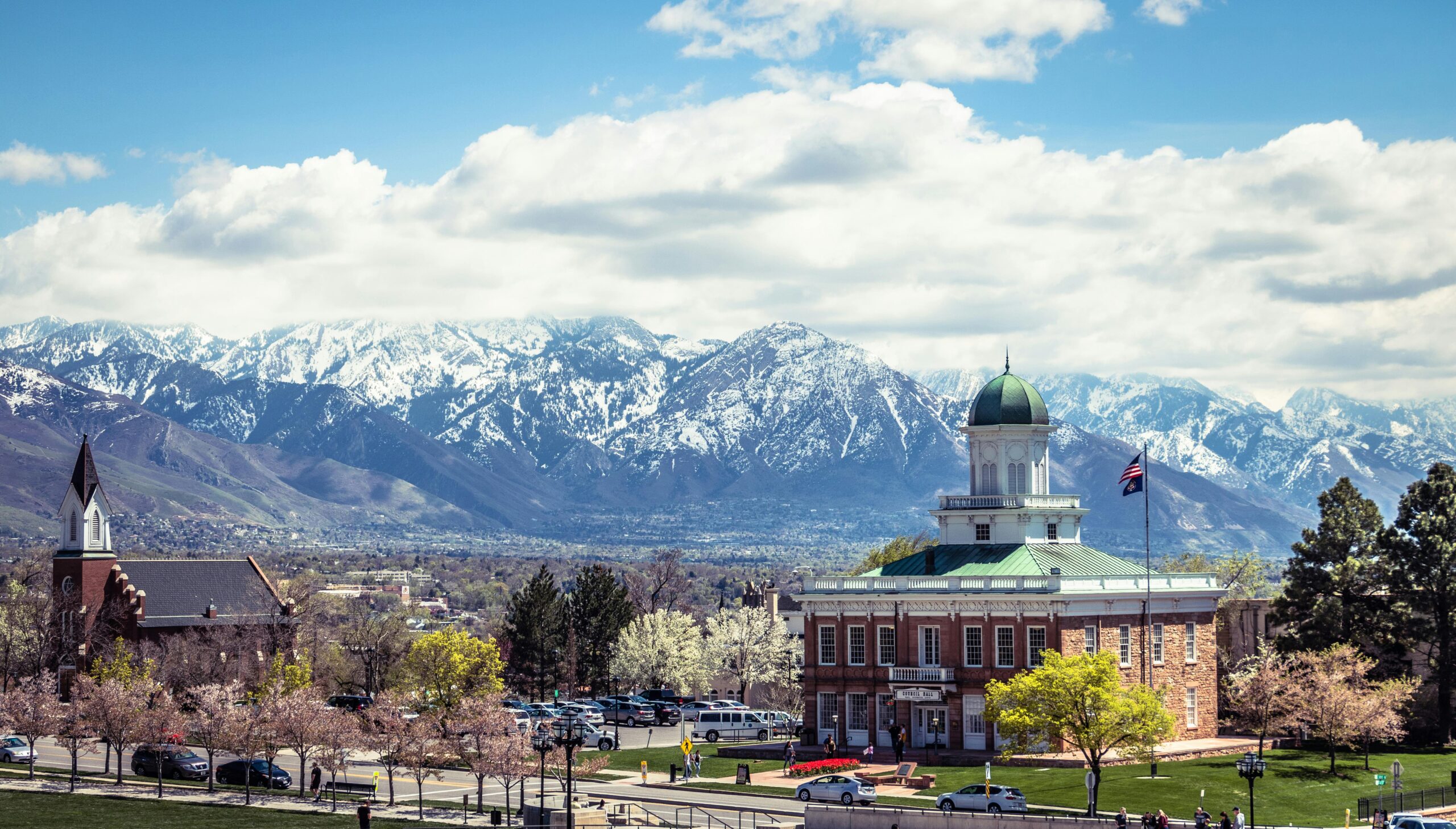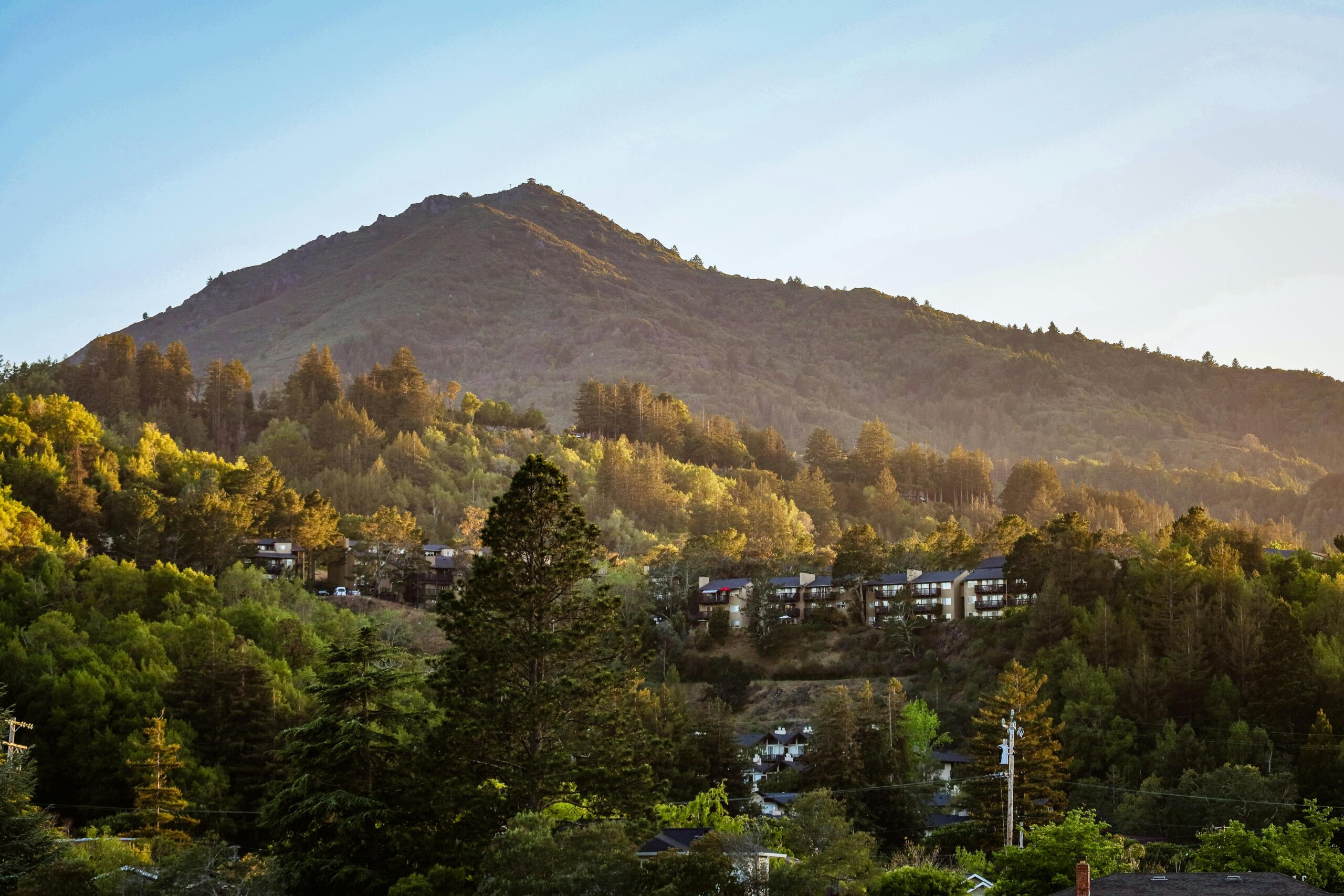
In 2025, sustainability isn’t just a buzzword—it’s a major factor influencing where people choose to live. As the climate crisis accelerates and more Americans prioritize eco-conscious lifestyles, green real estate and environmentally friendly urban planning are shaping the real estate market in meaningful ways. A growing number of U.S. cities are leading the charge, offering sustainable infrastructure, energy-efficient homes, and a high quality of life rooted in environmental responsibility.
Whether you’re looking to relocate, invest, or simply explore the possibilities of greener living, here are the top U.S. cities setting the standard for sustainable living and green real estate in 2025.
1. Portland, Oregon
Green Real Estate Pioneer
Portland has long been recognized as a trailblazer in sustainable living, and in 2025, it remains a top destination for eco-conscious homebuyers. With a city-wide commitment to reducing carbon emissions and an extensive network of bike lanes, green roofs, and renewable energy incentives, Portland continues to attract residents who prioritize environmental values.
The city’s real estate market includes a growing number of LEED-certified homes, net-zero communities, and passive houses that are both energy-efficient and architecturally modern. Portland’s emphasis on walkability and public transportation also makes it easy to live a low-carbon lifestyle. Plus, local laws encourage rainwater harvesting and the use of solar power, making it one of the most forward-thinking cities for sustainable housing.
2. Austin, Texas
Tech, Solar, and Smart Growth
Austin is not only the Silicon Valley of the South—it’s also becoming a hub for sustainable development. Known for its vibrant culture and booming tech industry, the city has embraced green energy and smart housing in a big way. In 2025, Austin ranks among the top cities for solar adoption, with many homes powered by rooftop panels and supported by community solar programs.
Austin’s real estate developers are increasingly focused on smart homes, built with energy-saving tech and eco-friendly materials. From water-efficient landscaping to EV-ready garages, Austin neighborhoods are designed for sustainable living. Combined with Texas’ ample sunshine and a growing fleet of electric public buses, it’s easy to see why green-minded buyers are moving to Austin in droves.
3. San Diego, California
SoCal Sustainability in Action
In 2025, San Diego is a standout city for combining lifestyle and sustainability. With aggressive climate goals, the city is on track to run on 100% renewable electricity by the end of the decade, and homeowners are reaping the benefits through incentive programs for solar energy, water conservation, and green remodeling.
Green real estate here often includes solar-powered homes, low-flow plumbing systems, and energy-smart HVACs. The city’s Climate Action Plan incentivizes dense, mixed-use developments, helping reduce emissions from transportation. Add in beautiful weather and a culture of outdoor activity, and San Diego offers one of the most appealing green lifestyles in the country.
4. Seattle, Washington
Sustainability Meets Tech and Nature
Surrounded by mountains and water, Seattle has a natural connection to sustainability—and in 2025, it’s taking full advantage. The city is investing heavily in green infrastructure, from permeable sidewalks to eco-districts that recycle energy and water. Tech companies in the area are also pushing sustainable innovation, influencing home design and community planning.
Seattle’s real estate market features a wide selection of energy-efficient condos, tiny homes, and modular green homes designed to minimize environmental impact. With one of the best public transportation systems in the U.S. and a strong focus on walkable neighborhoods, Seattle continues to lead in both tech and environmental stewardship.
5. Minneapolis, Minnesota
A Midwestern Model for Green Living
Often overlooked in national sustainability discussions, Minneapolis is quietly becoming one of the most livable and environmentally responsible cities in the country. With a city plan focused on renewable energy, urban agriculture, and affordable green housing, Minneapolis is making sustainable living both accessible and practical.
In 2025, the city offers solar incentives, green mortgages, and a growing number of zero-energy homes built with cold-weather resilience in mind. Minneapolis is also known for its vast park system, bike-friendly streets, and initiatives to reduce the urban heat island effect—making it a top choice for eco-conscious families and professionals alike.
6. Denver, Colorado
Green Living in the Rockies
Denver’s natural surroundings make sustainability a top priority for residents, and in 2025, the city is doubling down on green living. With over 300 days of sunshine a year, Denver is ideal for solar power adoption, and homeowners are increasingly installing panels to save on long-term energy costs.
Real estate developers in the Denver metro area are building energy-efficient homes with features like geothermal heating, smart thermostats, and drought-tolerant landscaping. The city also offers property tax incentives for energy improvements and supports large-scale community solar projects. Outdoor living, clean air, and environmental activism are part of the city’s identity—making Denver a powerful player in the green housing market.
7. Boston, Massachusetts
Historic City, Sustainable Future
Boston may be steeped in history, but it’s looking firmly toward the future. The city’s Climate Ready Boston initiative aims to make it one of the most resilient and sustainable cities in the U.S., focusing on clean energy, efficient buildings, and climate adaptation.
In 2025, green real estate in Boston includes retrofitted brownstones, modern eco-condos, and entire neighborhoods designed around sustainability principles. With excellent public transportation and green building incentives, Boston proves that urban density and environmental responsibility can go hand in hand.
8. Salt Lake City, Utah
Desert Innovation and Eco-Friendly Growth
Salt Lake City has emerged as a green leader in the Western U.S., especially when it comes to water conservation and renewable energy. With its unique climate challenges, the city has developed smart, sustainable building codes and incentive programs for high-efficiency homes.
New developments include passive solar designs, cool roofing, and low-water landscaping, making homes both affordable to run and better adapted to climate realities. Salt Lake City’s green real estate is also more affordable than coastal cities, offering a compelling option for eco-conscious buyers seeking value and sustainability.
What Makes a City Truly Sustainable?
While rankings and accolades help highlight top performers, true sustainability is about more than just solar panels and recycling bins. In 2025, the best cities for green living combine:
-
Affordable green housing
-
Strong public transportation
-
Access to parks and open space
-
Clean energy infrastructure
-
Forward-thinking policies
-
Community support for sustainability
As climate concerns rise and more people seek purpose-driven lifestyles, cities that invest in these areas are setting themselves apart—both economically and environmentally.

Final Thoughts: Green Real Estate Is the Future
Sustainable living is no longer a niche trend—it’s becoming the new norm. In 2025, cities across the U.S. are transforming how we live, work, and build, with real estate at the center of that transformation. Whether you’re a first-time buyer, an investor, or someone simply looking for a healthier, more meaningful way of life, choosing a city that values sustainability is a smart move.
These top U.S. cities show that green living doesn’t require compromise—it offers opportunity. And as the demand for eco-conscious communities grows, these locations are paving the way for a smarter, cleaner, and more sustainable future.




